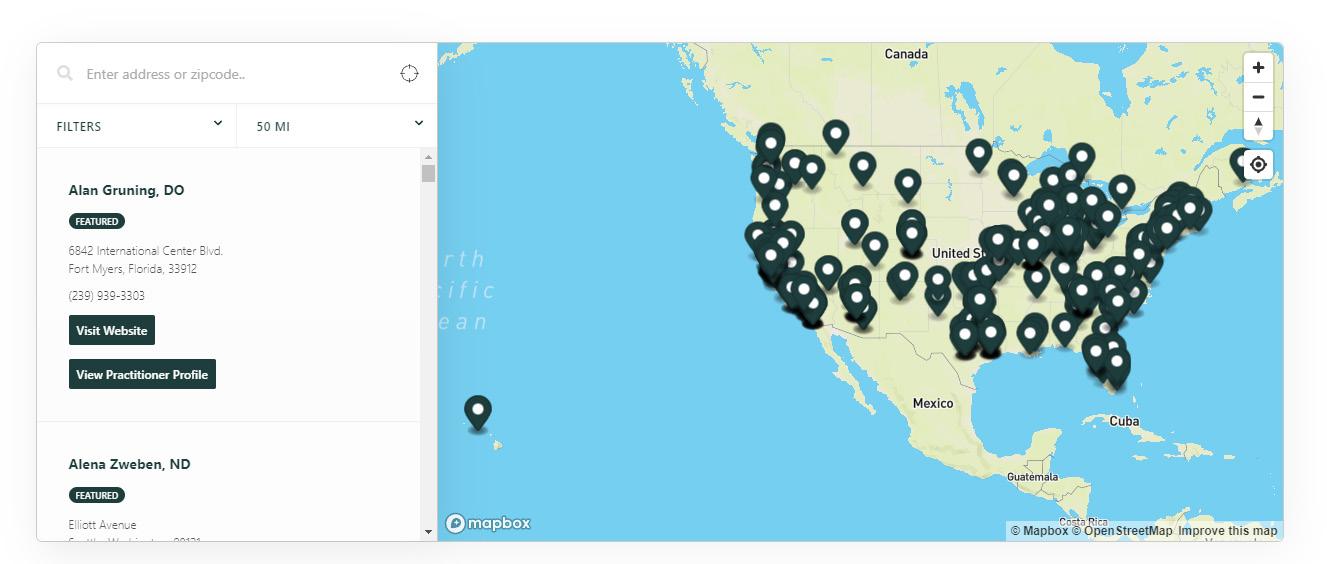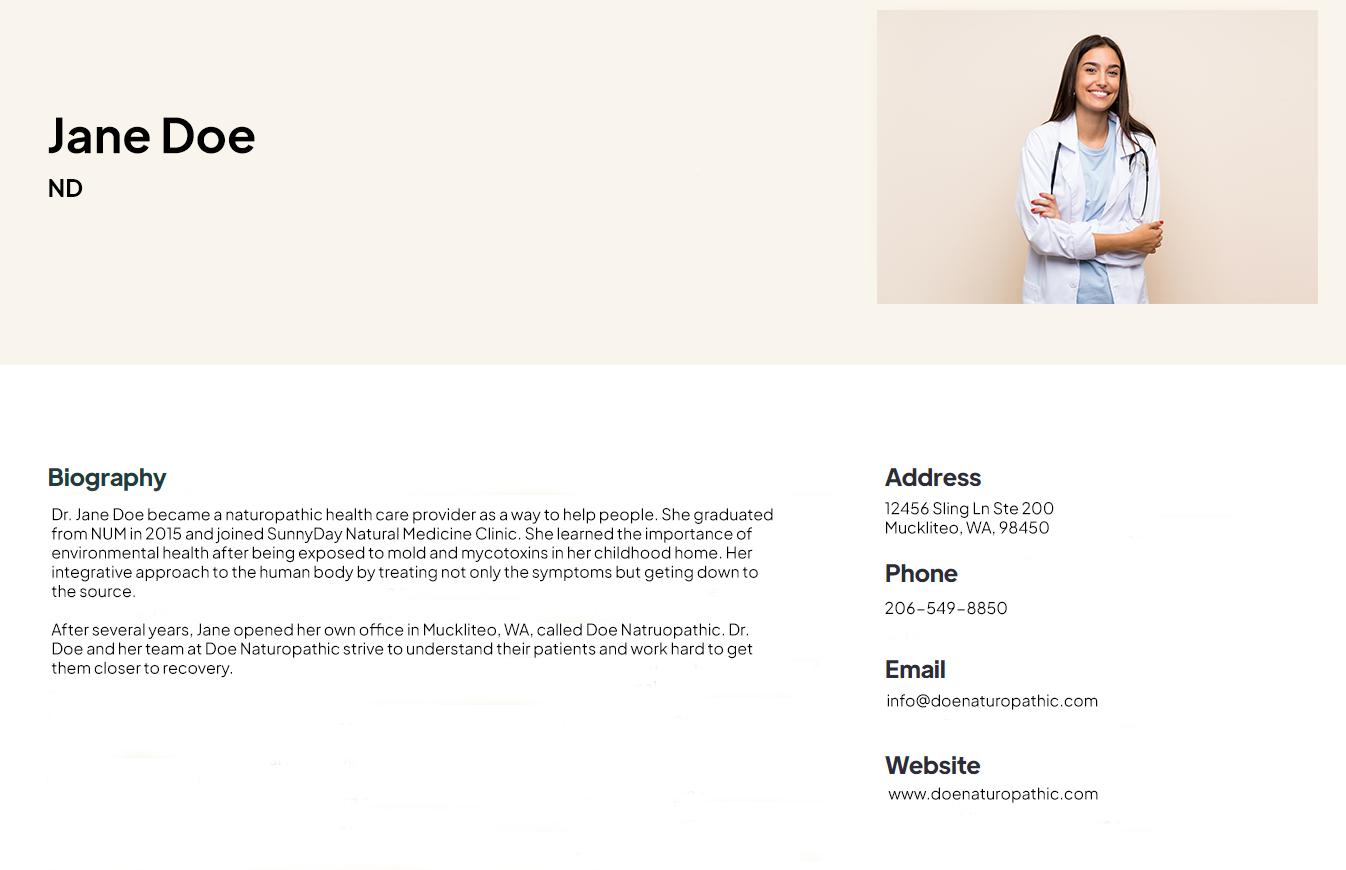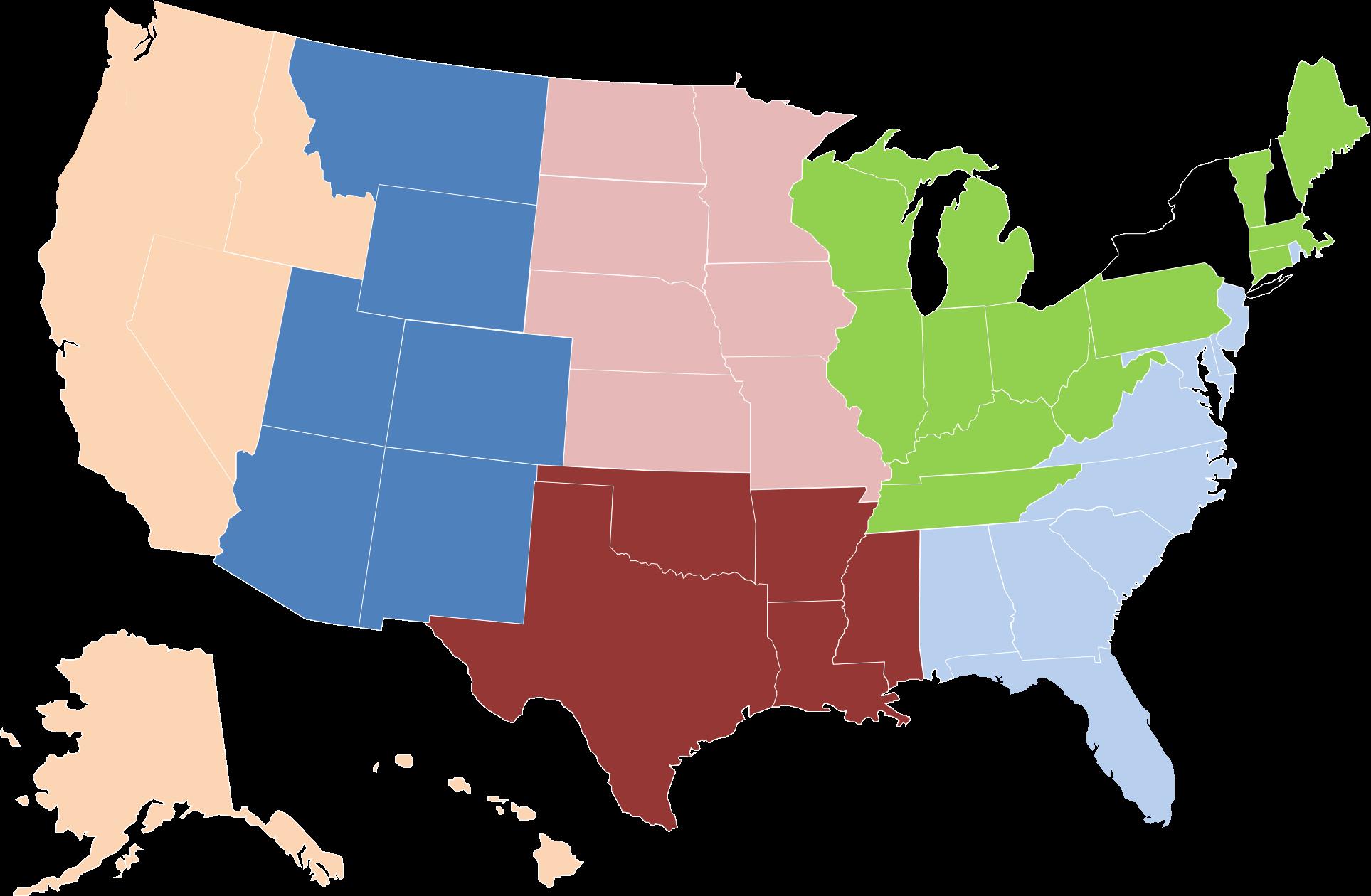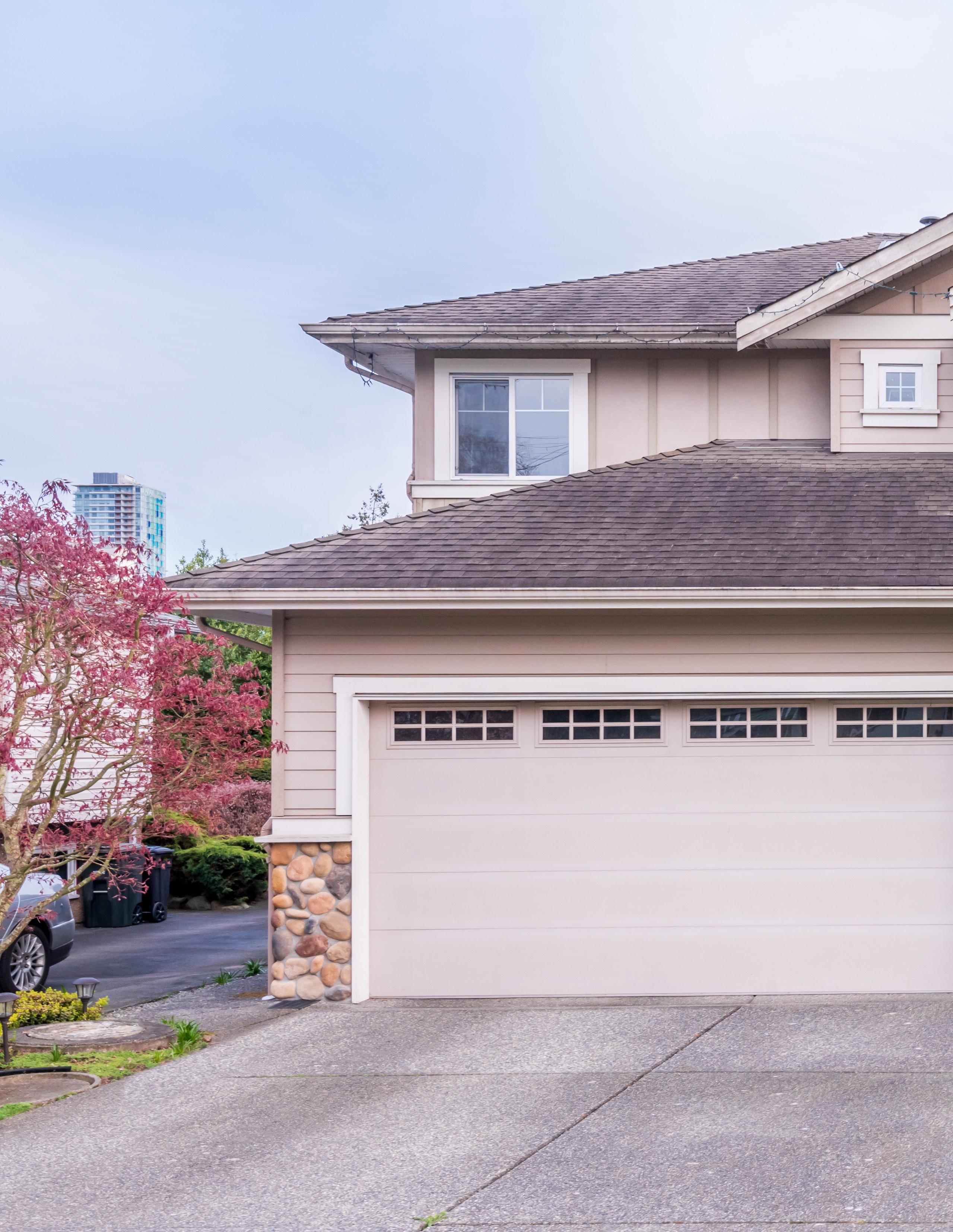
2 minute read
Reference List
from TMP Emag
by TheMoldPros
HELPING OTHERS FIND A HEALTH CARE PROVIDER
As specialists in environmental concerns, The Mold Pros works with health care providers across the United States to help their patients treat the structure, while they treat the chronic illness. Practitioners understand that if their patients continue to expose themselves to a contaminated structure, they will not begin to detox from the elevations of the environmental contaminants in their body. Approximately 30% of our clients come to us without a health care provider that understands environmental illness.
Advertisement
This is why we created our Practitioner Finder on our website. This allows our clients to find health care providers that understand environmental illness in their area. If you are looking for a practitioner or would like to join our practitioner finder, check out our website for more information. PREMIERE PRACTITIONER NETWORK

Our Premiere Practitioner Network includes health care providers that The Mold Pros work closely with to assist their patient with environmental contamination. As a premiere practitioner, they are able to join us on monthly webinars and contribute blog content for our monthly blog posts. These providers are also labeled as a “Featured” provider on the TMP practitioner finder
22
R. Becher, A. H. Hoie, J. V. Bakke, S. B. Holos, J. Ovrevik, Dampness and Moisture Problems in Norwegian Homes. Int J Environ Res Public Health 14 (2017).
Delgado, A. V. (2007, January 12). Adverse Health Effects of Indoor Molds [PDF]. Boca Raton, FL: American Academy of Environmental Medicine.
Hooper, D. G. (2019, December 13). Surface Guard Efficacy Study [PDF]. Carrollton, TX: RealTime Laboratories.
Könönen, E., & Wade, W. G. (2015). Actinomyces and related organisms in human infections. Clinical Microbiology Reviews, 28(2), 419-442. doi:10.1128/cmr.00100-14
Mycotoxin urine test kit online. (2021, February 22). Retrieved March 08, 2021, from https://realtimelab.com/ product/mycotoxin-test/
Park, J., Cox-Ganser, J. M., White, S. K., Laney, A. S., Caulfield, S. M., Turner, W. A., . . . Kreiss, K. (2016). Bacteria in a water-damaged building: Associations of actinomycetes and non-tuberculous mycobacteria with respiratory health in occupants. Indoor Air, 27(1), 24-33. doi:10.1111/ina.12278
Sarigiannis, D. A., Karakitsios, S. P., Gotti, A., Liakos, I. L., & Katsoyiannis, A. (2011). Exposure to Major volatile organic compounds and Carbonyls in European indoor environments and associated health risk. Environment International, 37(4), 743-765. doi:10.1016/j.envint.2011.01.005
Volatile organic compounds’ impact on indoor air quality. (2021, February 10). Retrieved March 08, 2021, from https://www.epa.gov/indoor-air-quality-iaq/volatile-organic-compounds-impact-indoor-air-quality
23
Florida, Georgia, Alabama, North Carolina, South Carolina, Virginia, Delaware, Maryland, New Jersey and Rhode Island
Midwestern Region (317) 622-0486
Indiana, Illinois, Ohio, Kentucky, Tennessee, Michigan, Wisconsin, West Virginia, Pennsylvania, Vermont, Maine, Massachusetts, and Connecticut
Great Plains Region (913) 871-4343
Kansas, Missouri, Nebraska, Arkansas, Iowa, Minnesota, South Dakota, and North Dakota
Rocky Mountain Region (720) 206-0129
Colorado, Wyoming, Montana, Utah, Arizona, and New Mexico
Southern Region TX: (479) 619-3444 OK: (405) 817-0053 LA: (504) 375-2188
Texas, Oklahoma, Arkansas, Louisiana, and Mississippi
West Coast Region OR: (503) 755-6735 WA: (206) 620-1333 CA: (714) 929-1065
Oregon, Washington, Idaho, California, Nevada, Alaska, and Hawaii










